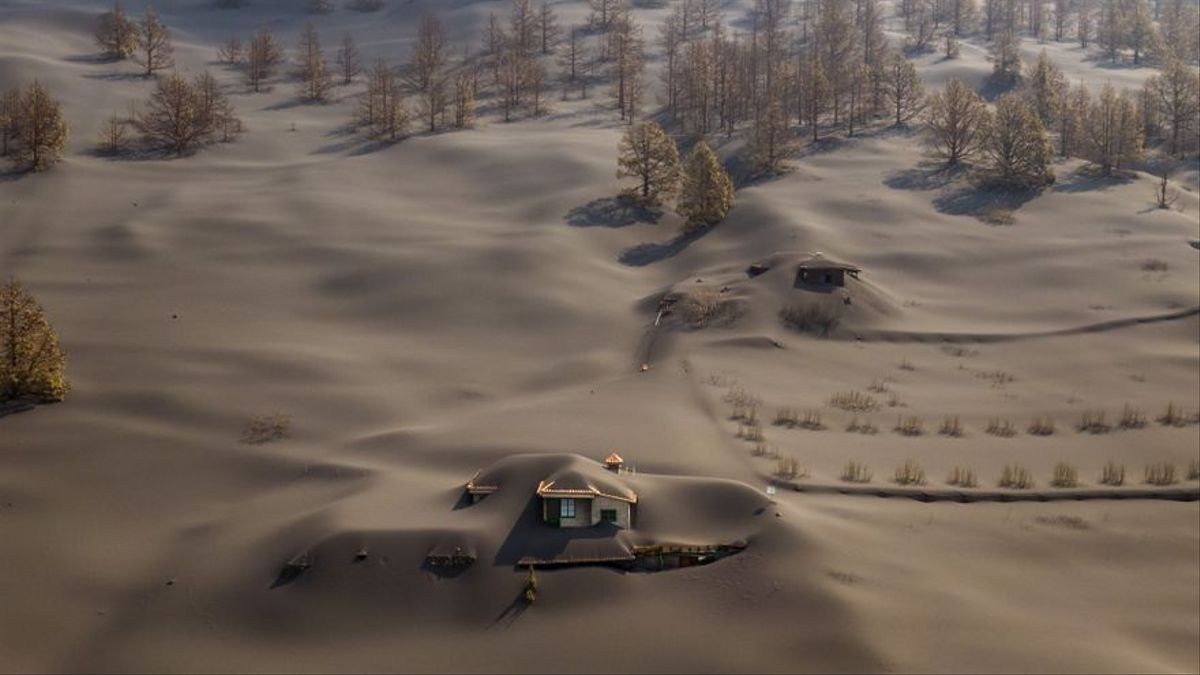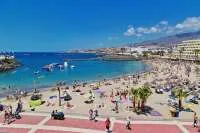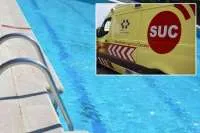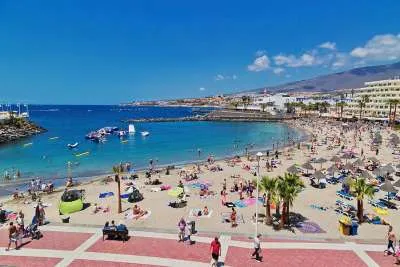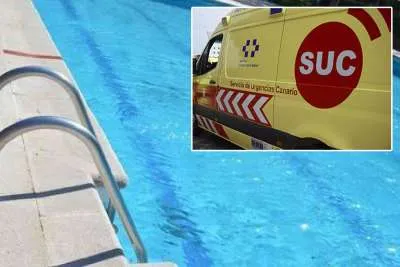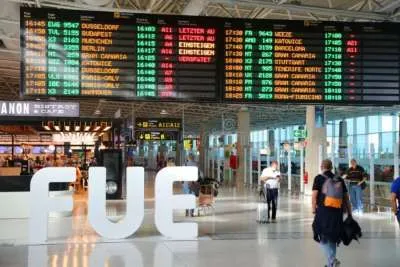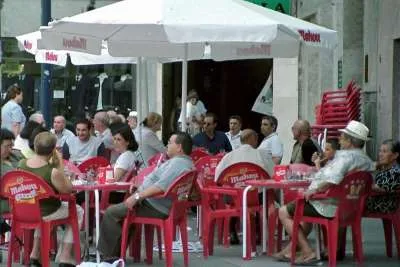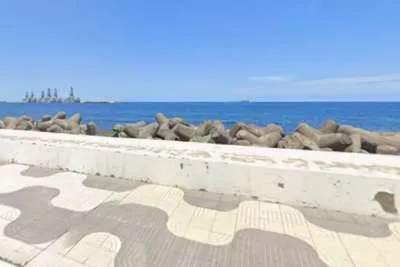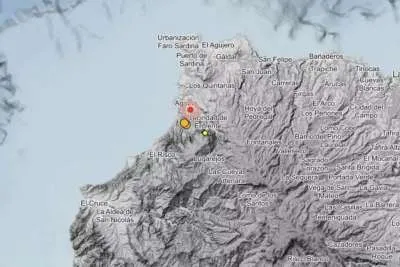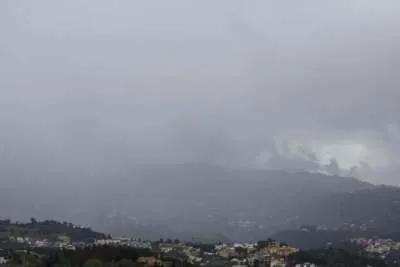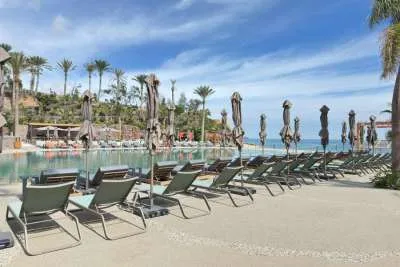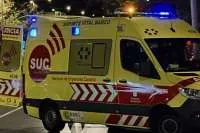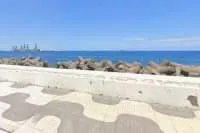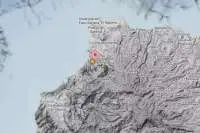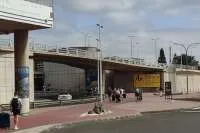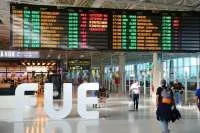LA PALMA UPDATE: Air quality decreases and ash coverage increases
- 02-11-2021
- National
- Canarian Weekly
The volcano in La Palma destroyed new territories yesterday not affected by lava until now, that are going to complicate access to Puerto Naos and continued, for the third consecutive day, to bury the Aridane Valley in ash, whose schools have suspended classes today for this reason. This situation is being caused by an intense release of gas by the magma that the volcano is emitting, explained Carmen López, spokesperson for the scientific committee, Pevolca.
The large ash cloud, which in addition to worsening air quality, forced Binter to suspend scheduled flights with La Palma during yesterday afternoon, and to make matters worse, the weather conditions forecast for today will make it difficult for the La Palma and La Gomera airports to operate, according to López.
You can now visibly see how air quality is deteriorating.
In addition, the person in charge of the Volcanic Surveillance network of the IGN indicated that the great emission of ash has caused the air quality in the Fuencaliente and Puntagorda stations to be ‘extremely unfavourable’. A high amount of suspended particles was also recorded in Los Llanos, where air quality was extremely unfavourable yesterday afternoon.
This situation will continue today because the low altitude of the thermal inversion will prevent the dispersion of the cloud. For this reason, classes have been suspended in schools and colleges in the municipalities of El Paso, Los Llanos, Tazacorte, Tijarafe and Puntagorda, whose lessons will be taught remotely by zoom.
The other situation that worries Pevolca is the appearance of a new lava stream, fed by a large contribution of lava, which is running west, after skirting the mountain of Cogote to the north. "We have had a spill in emission point 11 that threatens to cut off one of the two access routes to Puerto Naos," said the technical director of Pevolca, Miguel Ángel Morcuende, who pointed out this new flow is located 200 metres from the LP-211 coastal road.
The ash prevented many people from visiting lost family members on All Saints Day on Monday
Morcuende warned that the impossibility of using this route will significantly complicate the tasks for irrigating the crops in that area and also for the daily access of workers to the new temporary desalination plants installed by the Canary Islands Government.
For his part, López confirmed that seismicity has dropped slightly at great depths and remains stable at intermediate depths. In fact, from midnight to 8pm yesterday, the IGN had recorded some 150 earthquakes on La Palma, exceeding the number recorded during the previous two days, in which a hundred earthquakes were detected each day.
Regarding the emission of sulphur dioxide (SO2), the scientist noted that yesterday it decreased for the seventh consecutive day, registering 4,990 tons per day. In this sense, López stressed that, although SO2 levels remain high, this downward trend is a "sign of the dynamics of the eruption."
Emergency Services continue to clear roofs to stop buildings collapsing from the weight of the ash
The concentration of sulphur dioxide in La Palma yesterday exceeded the limits established by the EU to declare an alert for the presence of this gas in the atmosphere. This is the third time that this threshold has been exceeded since the eruption began.
According to the Canarian government website, air quality is classed as "very unfavourable" if the concentration of 500 micrograms of sulphur dioxide per cubic meter of air is exceeded for three hours, and this occurred on October 23rd in Los Llanos, two days later in Puntagorda, and yesterday morning in Puntagorda again.
The Ministry of Health is advising the population that the increase in sulphur dioxide will irritate eyes, mucous membranes and skin, in addition to causing breathing difficulties, so precautions must be followed by wearing masks, and staying inside as much as possible.
Other articles that may interest you...
Trending
Most Read Articles
Featured Videos
A Vision of Elvis Tenerife Promo
- 10-05-2025
Tenerife Travel Guide
- 13-12-2024
Live webcam from Lanzarote airport
- 13-12-2024


